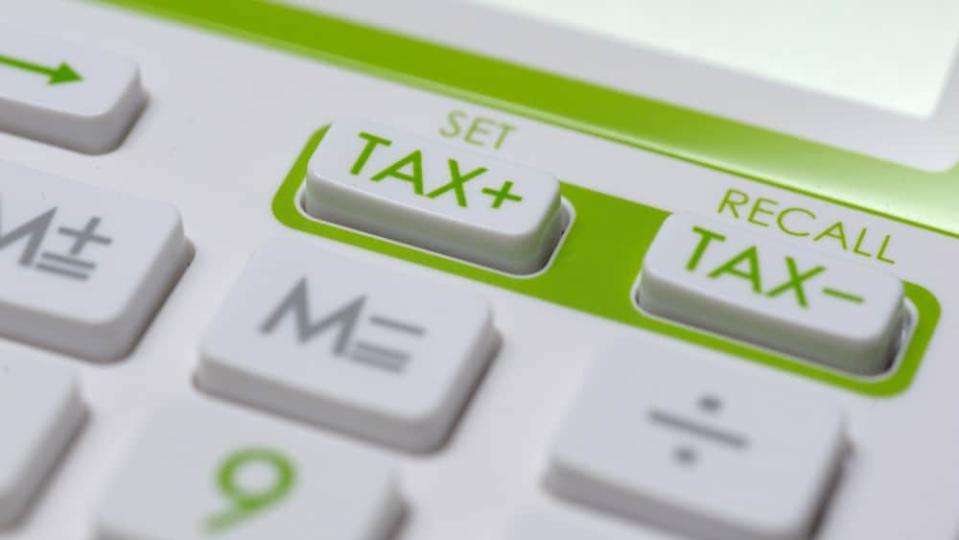Canada Revenue Agency: 3 Steps to Make Your CERB/CRB Tax Free

The Canada Revenue Agency (CRA) offered many cash benefits last year to help Canadians deal with the COVID-19 pandemic. But these benefits are not tax-free. You need to add them to your taxable income, which will then be used to calculate your tax bill for 2020. The most popular benefits that the CRA distributed in 2020 are the Canada Emergency Response Benefit (CERB) and the Canada Recovery Benefit (CRB).
The CRA will be sending you T4A slip by March 10, 2021, to support your tax filing. The T4A slip is similar to the T4 slip that you receive from your employer. The only difference is that the T4A slip will provide the amount of cash benefit you received from the CRA instead of employment income.
How much will the CERB and CRB add to your taxable income?
The CRA gave the CERB and the CRB to those people who lost their jobs or whose salaries halved due to the pandemic. You would’ve gotten $2,000 per month in both the CERB and the CRB. The application period for the CERB stretched from March 15 to September 26, 2020. For the CRB, the period was from September 27, 2020, to September 25, 2021. You wouldn’t have gotten any other COVID-19 benefits like caregiving or sickness benefits if you received the CRB.
You could have gotten a maximum of $14,000 in CERB and up to $6,000 in CRB payments between March 15 and December 2020. Since the CRA deducted 10% tax at source on the CRB, you would’ve gotten $5,400 (90% of $6,000). So, the CRA can add a maximum of $19,400 ($14,000 in CERB and $5,400 in CRB) in COVID-19 benefits to your 2020 taxable income.
How can you make your CERB and CRB payments tax-free?
These taxable benefits of $19,400 will increase your federal tax bill by $2,910 (15% of $19,400). You can claim the basic personal amount (BPA) tax credit of $1,984 and reduce your tax bill to $926. The CRA exempts the minimum federal tax rate of 15% on the BPA amount of $13,299, which amounts to $1,984.
If your age is more than 65, you can also claim an age amount tax credit of $1,145. The CRA exempts the 15% federal tax rate on the age amount of $7,637 as well, which comes to $1,145. These two tax credits will make your CERB and CRB tax-free.
If you are less than 65 and have worked from home for more than half of your working hours for at least a month, you can claim the home-office tax deduction. The CRA allows you to deduct $2 per day for each day that you worked from home up to a maximum of $400. This means you can claim a home-office tax deduction for up to 200 days ($400/$2).
You can claim this deduction only for those expenses that you incurred to work from home and did not receive a reimbursement from your employer. Further, you should exclude statutory holidays, sick leaves, and vacations when calculating your working days.
How can you make the most of the CRA cash benefits and tax savings?
This was the only time the CRA has given such generous cash benefits and offered a $400 home-office expense tax deduction. Using the above tax breaks, you can save more than $2,000 in the income tax bill and put those savings in the Tax-Free Savings Account (TFSA). You can put a maximum of $6,000 in your TFSA this year and withdraw capital gains, income, and dividends you earn in this account without adding them to your taxable income.
If you are looking for long-term returns, TC Energy (TSX:TRP)(NYSE:TRP) is a must-have dividend stock in your TFSA portfolio. It has a 20-year history of paying incremental dividends. The company increased its dividend per share by 8% last year when other firms stopped or reduced dividends.
At present, it has a dividend yield of around 6%. If you invest $1,000 in TC Energy today, you will get $60 in dividends by the end of the year. This $60 will rise to $130 in the next 10 years if the company increases its dividend per share at a compounded annual growth rate of 8%.
The post Canada Revenue Agency: 3 Steps to Make Your CERB/CRB Tax Free appeared first on The Motley Fool Canada.
More reading
Fool contributor Puja Tayal has no position in any of the stocks mentioned.
The Motley Fool’s purpose is to help the world invest, better. Click here now for your free subscription to Take Stock, The Motley Fool Canada’s free investing newsletter. Packed with stock ideas and investing advice, it is essential reading for anyone looking to build and grow their wealth in the years ahead. Motley Fool Canada 2021

 Yahoo Finance
Yahoo Finance 